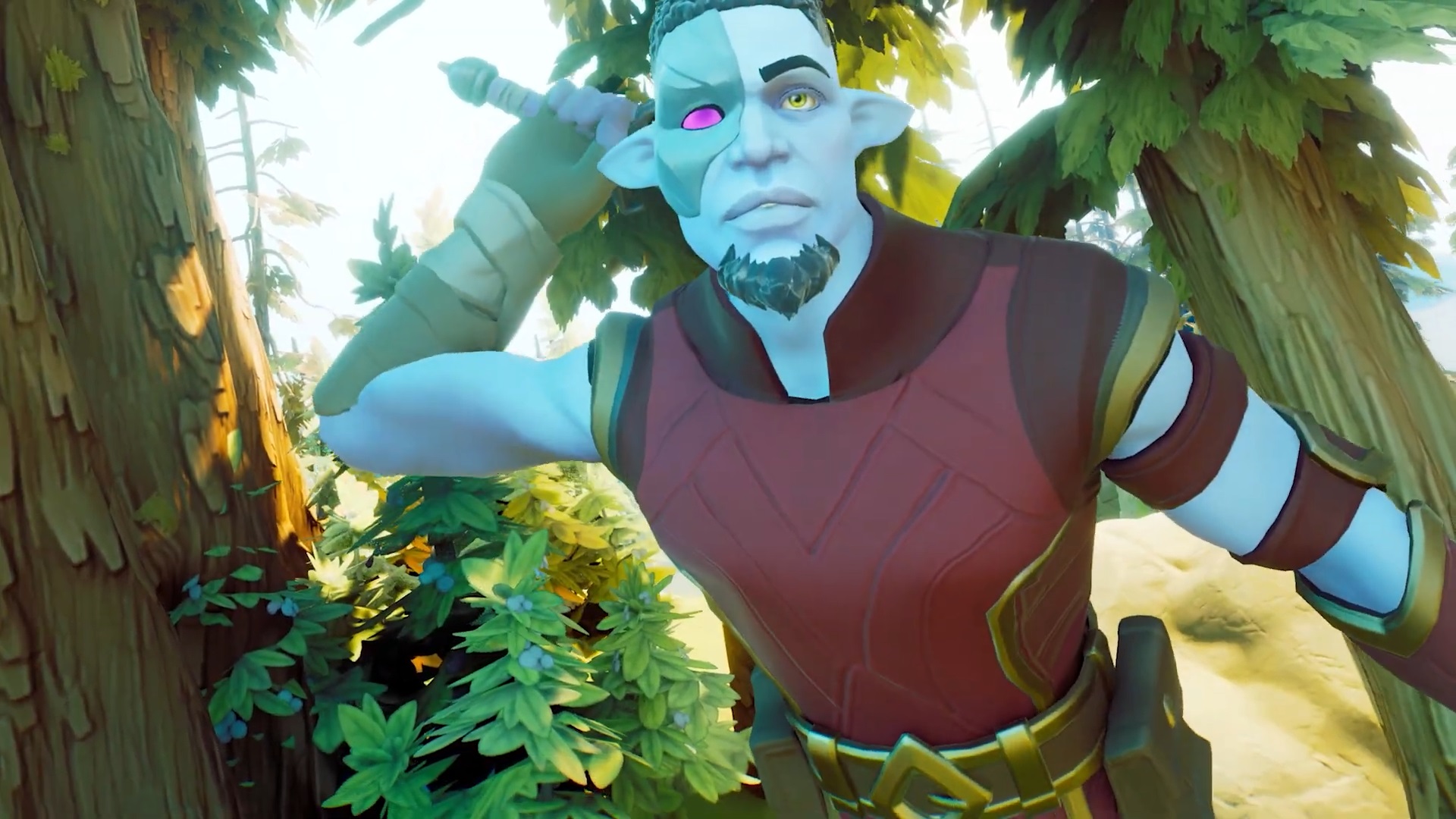
My first session of Project ORCS was one of the longest and most overwhelming demos of the decade and change that I've been writing about games. It's an upcoming "collaborative storytelling RPG" or "CSRPG" in the works at Lightforge Games, a studio of many ex-Blizzard and Epic Games devs. That includes former Blizzard lead engineer and Epic UI director Matt Schembari, now CEO at his own studio. Schembari also served as the D&D DM-like "Guide" for my session, which I shared with two other people I'd never met before.
Over the course of two hours, I was intimidated, confused, and then ultimately excited by the world's first CSRPG. Project ORCS – that's a codename short for Online Roleplaying with Collaborative Storytelling – is billed as "an on-ramp to roleplaying," and apart from being an RPG, it is also a bunch of stuff I usually avoid. It's inspired by the tabletop games I've never played, the MMOs I can never stick with, and the social or party games that I can only enjoy sparingly with a small group of close friends. I'm not creative, creatively motivated, outspokenly social, or terribly collaborative. I am arguably the worst type of person for this game, but I'd argue that I'm also a good acid test for how approachable it is. And it is testament to the core idea that I still had fun with it and can now seriously imagine playing it with my friend group.
The RPG side
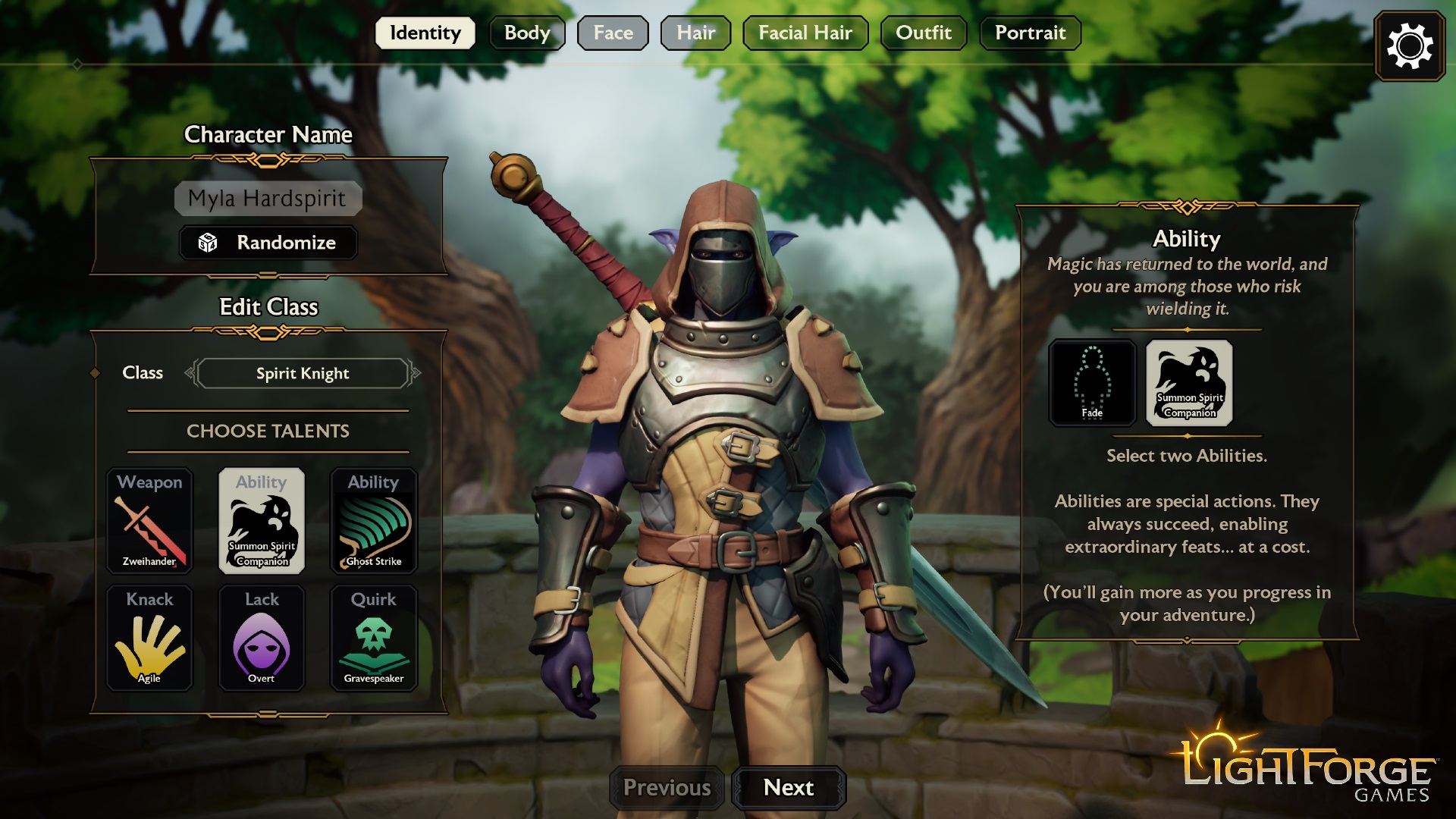
Project ORCS walks like an isometric fantasy RPG. I start by making a character and choosing a class. Passing up hunter and mage types, I go for a Spirit Knight and tailor my skill set for a bit of tankiness and a lot of charisma. Every character has a boon and a flaw associated with their in-universe origins, and a similar pros-and-cons dichotomy will crop up in the storytelling to come. There's also a little icebreaker for you to introduce and explain your character, with whatever degree of depth you're comfortable with.
Your goal, at a surface level, is to explore the game's world and build up your central Safehold by completing quests, acquiring resources, and recruiting characters like apothecaries and blacksmiths to further improve your base. It is an intriguing world; the story picks up about 100 years after magic was discovered amidst the appearance of a storm that blocked off most of the land. That storm has now faded, and the magically equipped population needs people to venture into the outlands and establish points of contact and research.
There is some character progression through added skills and better items, but it's more horizontal than vertical, leaning on wider options over pure strength. This is partly to ensure that new players – up to 30 or 40 on one server, all progressing the same Safehold with their own little groups in a way Schembari compares to MMO guilds – can join an in-progress campaign without feeling underpowered. (Likewise, Lightforge is working on a sort of narrative glossary to help catch new players up on what's happened in a campaign so far.) This also makes it easy to play multiple characters within one Safehold. But most importantly, this system stresses the actual goal of the game – as Schembari puts it, "getting together with your friends and laughing."
I'm reminded of TV series and improv pillar Whose Line Is It Anyway, particularly host Drew Carrey's iconic motto, "everything's made up and the points don't matter." Project ORCS is not about min-maxing and strategic combat, and I'm such a numbers-driven, gameplay-first person that it took me a while to internalize this. It's about making something out of nothing. When you go on a quest, you don't embark on a carefully designed series of encounters, stumbling into fights and conversations with Baldur's Gate 3-type branches and options. You get a prompt, and then your party, with the help of your Guide, creates those encounters.
You come up with the scenario, the goal, the characters, the landscape, the twists – everything. You can plop down NPCs and buildings and trees with a nifty toolset, tee up dice roll skill checks for the Guide to approve, vote as a group on how to advance the story, and fight enemies of your own design. You don't follow dialogue options; you write them in real time. Will you be violent? Stealthy? Diplomatic? The game is a primer, a springboard for you to play off of. It gives you tools to create and space to imagine; the rest is up to you. Of course, this requires other people – the only real options for solo play would be managing the Safehold like a diet city builder, or concocting story ideas for the next group session.
The collaborative storytelling
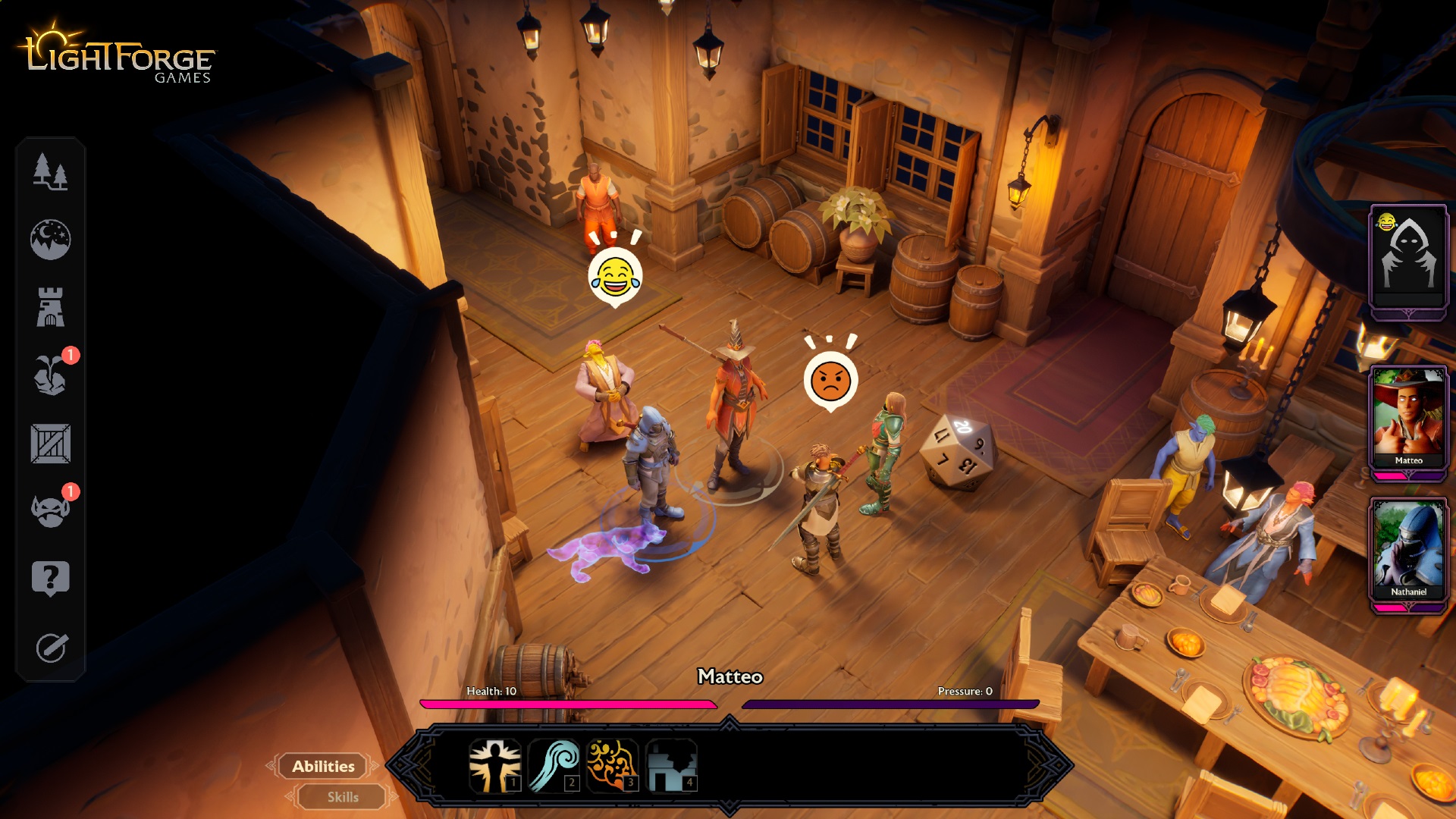
In my party's case, we don't even have one of the game's premade scenarios – a blessing for my fellow uncreative introverts, though Schembari says a totally free run can be easier in some ways – so we blindly head to a graveyard in search of an old sage who could lend their healing talents to our base. In the scenario's creation phase, we place and edit some skeletons, a lich, a spirit, one giant skeleton, and some spectral flora for good measure. The stage set, our characters approach the graveyard. As a party, we start to feel out what's going on while Schembari riffs on story ideas. Before long, an idea clicks for the whole room and the first segment of our story is woven.
It turns out (read: we decide) this sage needs help dealing with a lich that's turning normally peaceful skeletal villagers into the aggressive undead monsters that humans know and hate. Being a Spirit Knight versed in the afterlife, I end up playing a pretty big role in our conversations with the sage. My backstory gives me a roll bonus on some related skill checks, letting me glean more from exchanges with the undead. Even if you fail a check, you can still get a sort-of success with a range of possible downsides that you choose between. It's all very loosey-goosey – the game can be as hard or forgiving as you see fit.
While there is a central Guide who makes some judgment calls, the Guide is also everyone
I do not have time to recount more than an hour of on-the-fly lore, so I'll give you the short version. We deduce that this all started with the spirit attached to one of the bodies in the graveyard being corrupted and, in its red-eyed fury, summoning a lich which has now turned some of the other villagers. That spirit's partner in life wants to see their sanity restored, and I convince them to trust us with a keepsake that we hope will shock the corrupted soul to their senses. We fight the lich – beating it with no deaths and in just a few turns, being careful not to destroy the once-friendly skeletons it's brainwashed – and save the day with the power of love. Quest complete, sage recruited, job done.
The important thing is that none of this stuff existed when we started. Literally all we had was the sage and his graveyard. The entire plot, from character motivations to dialogue, was collectively improvised. The big twist was tied to some ghost trees that we placed while aimlessly experimenting with the edit tool. Another key takeaway is that while there is a central Guide who makes some judgment calls, the Guide is also everyone. All players are encouraged to shape the story, and we all threw out some ideas that ended up in the final cut. On top of that, the game is designed for the Guide role to rotate, giving everyone a turn as Captain Storyteller.
And how it comes together
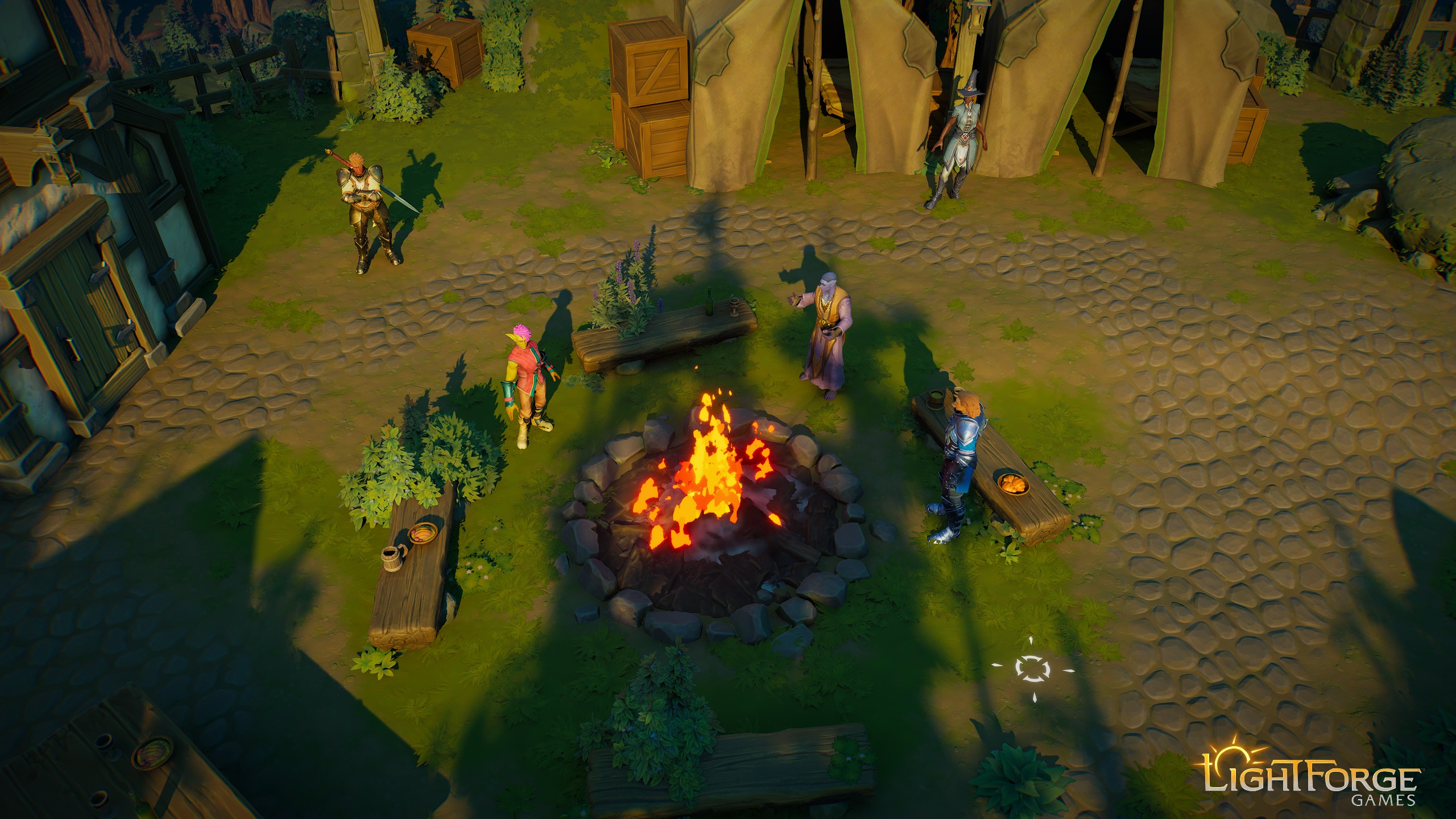
With approximately a million questions in my head, I sat down to chat with Schembari about what we'd just done and what Lightforge hopes to do in the future. Now thoroughly terrified of the idea of playing as the Guide, I start by asking about the game's social dynamics.
"We use an analogy a lot that Guiding in our game should be like tanking in an MMO," he begins. "Yeah, it's a leadership position in the party. That's okay. And yeah, you probably need to be a little bit more comfortable with the game. You maybe don't want to tank your first raid boss the first time you play World of Warcraft, it requires a little more knowledge of the game. But you're still playing the game. And you can absolutely change roles each time you play, and you ultimately are still playing the same game. But it's not like you're in charge of this group for a year and you can't possibly change, like you might get in D&D.
"Ultimately, we're not necessarily targeting only people who like playing tabletop RPGs either. This is meant to very much be for people like yourself," he tells me, "where you maybe haven't played D&D before, maybe you played once or twice and bounce for whatever reason, but you're intrigued by it, you like RPGs in general, and you're looking for that kind of social creative experience. I also suspect that people who like Among Us, for example, would like a game like this, because I think that we actually have a lot in common with Among Us from a social standpoint."
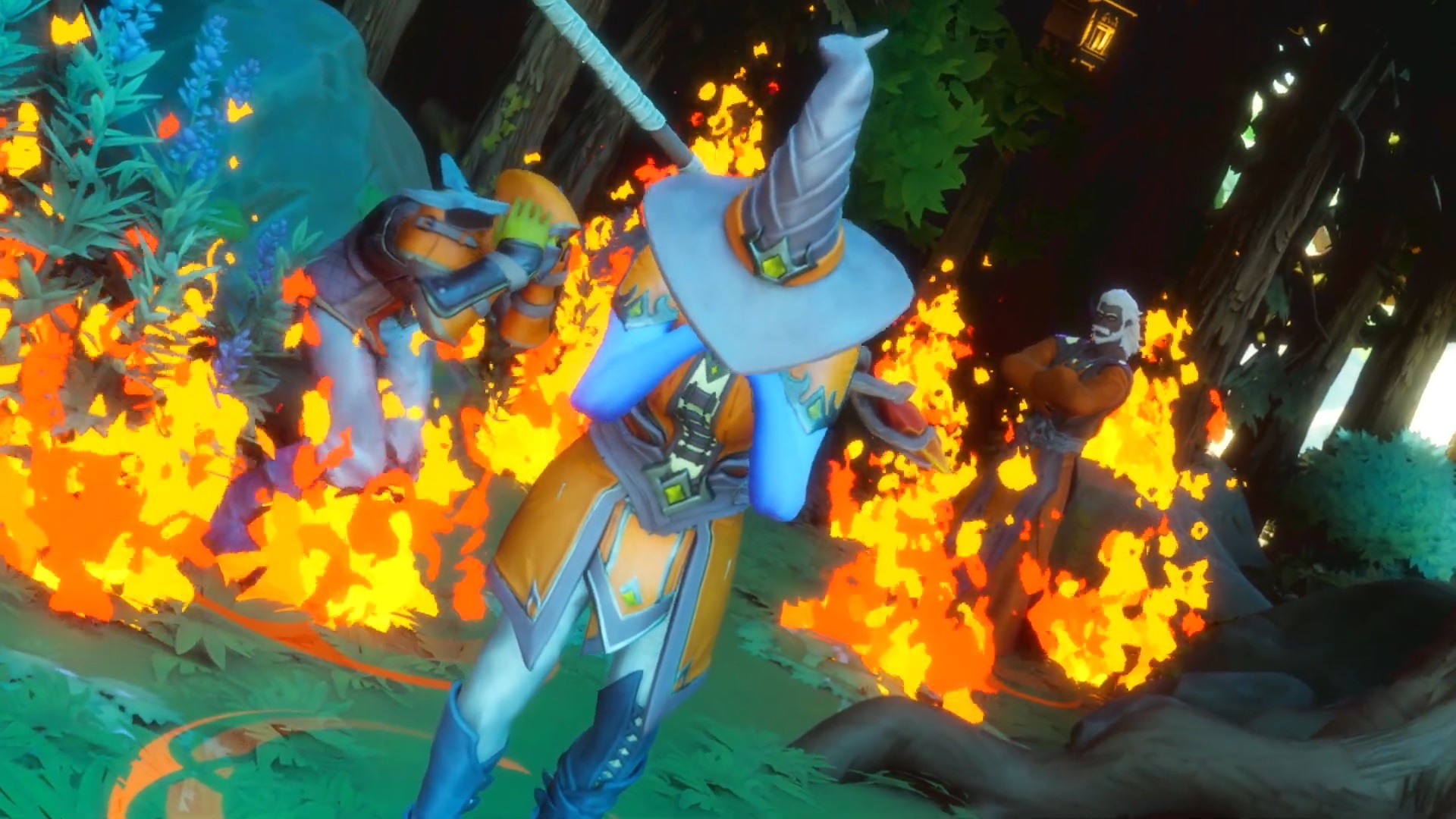
Especially on the back of Baldur's Gate 3, which proved to many people that D&D mechanics might not be as intimidating as they thought, I'm curious how Lightforge sees people connecting with the arguably more intimidating gameplay loop of raw creativity. I can picture some RPG fans bouncing off this game if they, like I did at one point, approach it with the wrong mindset and just feel that there's nothing here for them. Schembari says he's encouraged by the success of social games like Among Us (Jackbox also comes to mind for me as a helpful point of reference) and was pleased to find that the studio's testing has shown people are pretty quick to pick up what this game is putting down. Which is to say nothing of another core, mega-popular inspiration: Fortnite.
You don't need deep systems and fancy AI and scripting power to allow for unstructured play – you just need fun toys and a basic framework to play within.
Matt Schembari
"When Among Us became popular in the west, we were already committed to this project, so we looked at Among Us more as validation than inspiration," he says. "One of the bigger inspirations for taking the leap, believe it or not, was Fortnite, specifically Creative Mode.
"Some time in 2019 while I was working on Fortnite, my little cousins reached out and wanted to play with me. They were maybe 10 and 11 at the time. I hop into the party with them, and they jump into Creative Mode. What followed was just pure unstructured fun – they were spawning guns, doing their own countdowns or rules management over voice, and changing the layout of the world all in real time. It was play.
"Here I was, a dev on Fortnite, where we're trying to figure out how to build all these game systems and UIs and everything to empower players to make their own games, when meanwhile the kids weren't using any of it and were just playing. This made me think that you don't need deep systems and fancy AI and scripting power to allow for unstructured play – you just need fun toys and a basic framework to play within."
This ties into another recurring element from our session: the game does not, and cannot, account for everything players will come up with. The keepsake that was used in our pinnacle purification scene did not exist outside our imaginations. "A game like this is truly, truly open-ended," Schembari asserts. "You really can take it in any way. And we actually said we're okay if the game doesn't have perfect fidelity for the things that you're trying to do or see. Because what you're saying and imagining is having just as much impact on the world as what you're doing with the keyboard and mouse. And I think that changes things."
Noob-friendly
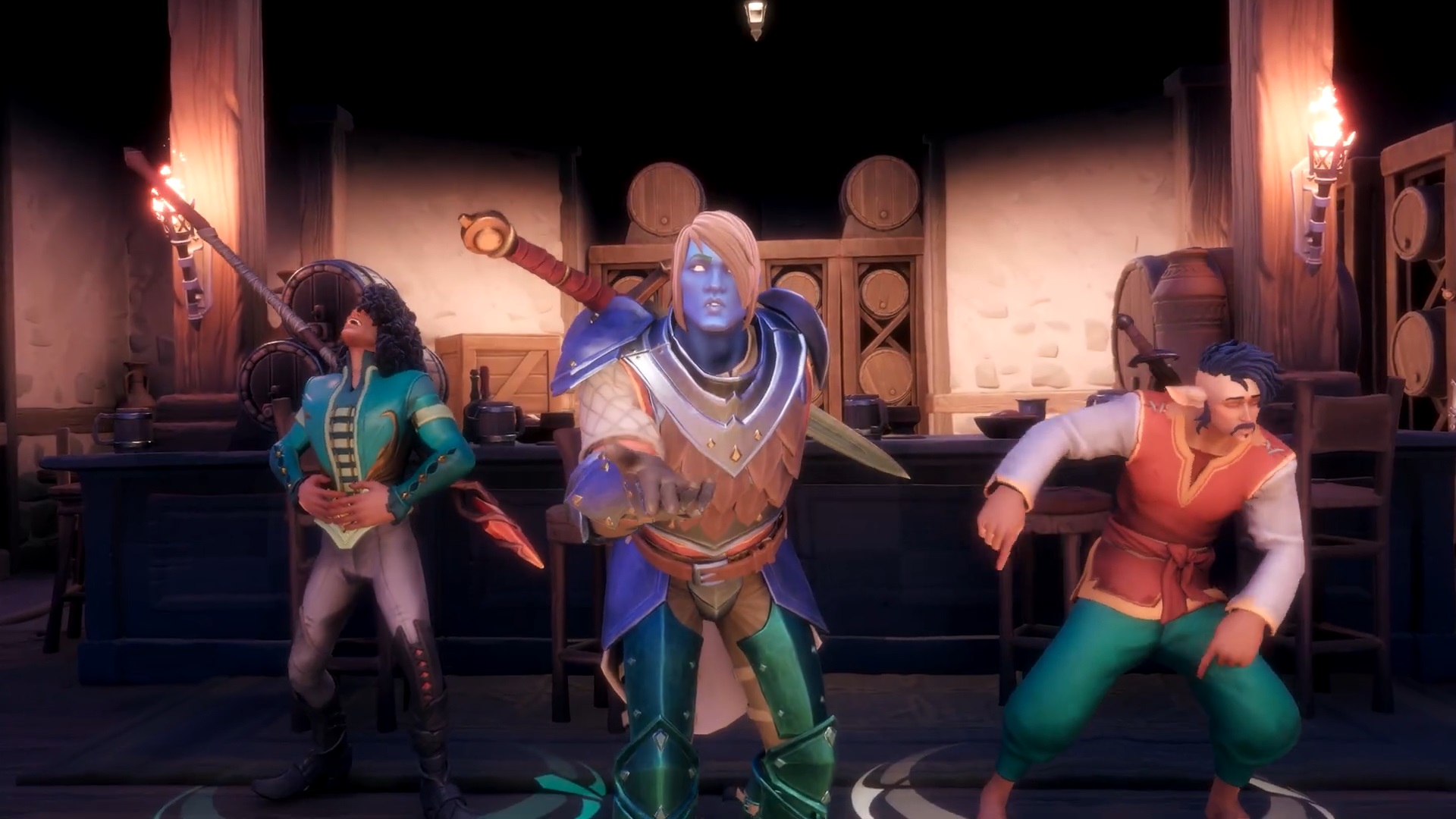
Compared to D&D, another detail I find appealing is how pick-up-and-play, almost modular, Project ORCS feels. Our scenario took about an hour, but you could easily go much faster once you're comfortable with the tools, or simply in a shorter section. It's not something you get locked into for months or years. Again, it's a party game, something you could schedule for hardcore roleplaying sessions, or just pull out for an hour or two of fun when your friends – ideally at least two others plus yourself – hop on Discord.
One of the challenges that we've had is this question of, is it a tool? Or is it a game, right?
Matt Schembari
"We're very much focused on bringing people together and having fun, laughing, riffing off each other, that kind of stuff. And that side of it, what we're calling the collaborative storytelling, that takes a much larger percentage of the experience than the game mechanics, the tactical combat. Tactical combat in our game is intentionally light because we don't want it to get in the way of the fun, silly kind of emergent things that you can do.
"One of the challenges that we've had is this question of, is it a tool? Or is it a game, right?" he adds. "Because the more tool-like it is, the more open and flexible it can be. And the more game-like it is, the more structured it is. And finding that answer for different aspects of the game has been a lot of the exploration during development. Looking back at the game structure as well, we had the core session playing really well for a while, but we didn't really know how to glue it together into a campaign. And so that was a bit of exploration as well. Those are probably the things that stand out the most in terms of getting people to be creative and improvising."
Project ORCS does feel like a game-maker as much as it is a game. Rather than a project to be shared with the world, you're making a story to share with friends. Will it appeal to fans of traditional RPGs, tabletop games, MMOs, as well as social and party games? I can't confidently say – again, I'm the worst with this stuff – but it's such a fresh take on the genre that I'm interested to see how it progresses once Early Access begins on PC later this year. There's a lot more to it than the usual drawing and wordplay party games, and if it can appeal to someone almost diametrically opposed like me, it's off to a pretty solid start.







